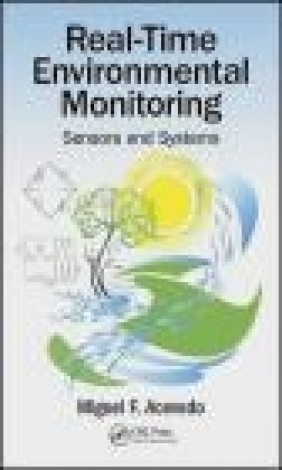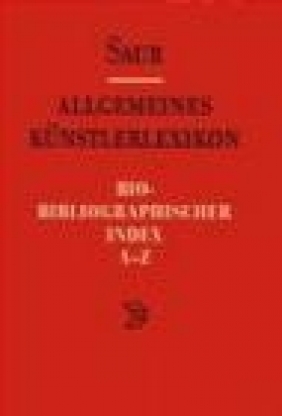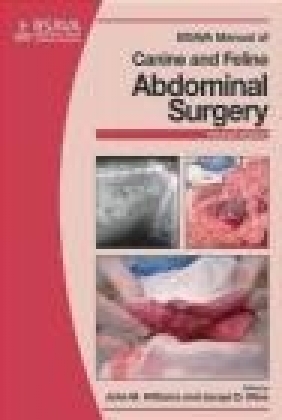Real-Time Environmental Monitoring
Miguel Acevedo
Real-Time Environmental Monitoring
Miguel Acevedo
- Producent: Apple
- Rok produkcji: 2015
- ISBN: 9781482240207
- Ilość stron: 388
- Oprawa: Twarda
Niedostępna
Opis: Real-Time Environmental Monitoring - Miguel Acevedo
The natural environment is complex and changes continuously at varying paces. Many, like the weather, we notice from day to day. However, patterns and rhythms examined over time give us the bigger picture. These weather statistics become climate and help us build an understanding of the patterns of change over the long term. Real-Time Environmental Monitoring: Sensors and Systems introduces the fundamentals of environmental monitoring, based on electronic sensors, instruments, and systems that allow real-time and long-term data acquisition, data-logging, and telemetry. The book details state-of-the-art technology, using a practical approach, and includes applications to many environmental and ecological systems. In the first part of the book, the author develops a story of how starting with sensors, you can progressively build more complex instruments, leading to entire systems that end with databases and web servers. In the second part, he covers a variety of sensors and systems employed to measure environmental variables in air, water, soils, vegetation canopies, and wildlife observation and tracking. This is an emerging area that is very important to some aspects of environmental assessment and compliance monitoring. Real-time monitoring approaches can facilitate the cost effective collection of data over time and, to some extent, negate the need for sample, collection, handling, and transport to a laboratory, either on-site or off-site. It provides the tools you need to develop, employ, and maintain environmental monitors. "... a reference guide for any type of real-time monitoring system program development. The focus is environmental systems but the applicability is much farther than that. The text is the culmination of work that began almost two decades ago as a partnership between the University of North Texas and The City of Denton and various other stakeholders and partners and has been continued through the efforts of many staff and students alike. The work done has resulted in several master's theses, doctoral dissertations, articles presentations, workshops and courses as well as many on-the-job applications. This text will be useful for both the in-the-field practitioner and members of academia and the content is exportable to many other areas. It helps to paint a big picture of all the parts of a program. I am really happy this book was put together. I intend to recommend it to several colleagues and many of the staff that work in my organization." -David H. Hunter, City of Denton/University of North Texas "This book is an absolutely essential addition to anyone interested in real-time environmental monitoring." -William T. Waller, Regents Professor Emeritus, University of North TexasIntroduction FROM SENSORS TO SYSTEMS Sensors and Transducers: Basic Circuits Principles of Electrical Quantities Circuits: Nodes and Loops Measuring Voltages, Currents, and Resistances Sensors From Sensors to Transducers Sensor Specifications: Static Resistive Sensors Example: From a Light Sensor to a Light Transducer Example: From Thermistor to Temperature Transducer Example: A Temperature Transducer for Air, Soil, and Water Example: Thermocouples Sensors and Transducers: Bridge Circuits, Dynamic Specifications, More Sensors Introduction Balanced Source Voltage Divider One-Sensor Circuit: Quarter-Bridge Two-Sensor Circuit: Half-Bridge Two-Sensor Having Opposite Effect: Half-Bridge Four Sensor Circuit: Full Bridge Zero Adjust and Range Adjust Sensor Specifications Electrochemical Sensors Example: Dynamic Specifications and a Potentiometer-Based Wind Direction Dielectric Properties Example: Piezoelectric Sensors Example: Soil Tensiometer Exercises Signal Conditioning and Analog-to-Digital Converters Introduction Operational Amplifiers Linearization of the Bridge Circuit Output Common-Mode Rejection Instrumentation Amplifier Spectrum Noise Electric Field and Electrostatic Shielding Isolation Cold-Junction Compensation Analog-to-Digital Converter Current Loop: 4-20 mA Pulse Sensors Exercises Data Acquisition Systems Introduction Dataloggers Applications in Environmental Monitoring Analog Channels Real-Time Clock Communications with a Datalogger RS-232 Standard SDI-12 Conditions and Enclosures Datalogger Example: CR1000 VoltSE VoltDiff BrHalf BrFull PulseCount Supervisory Control and Data Acquisition Exercises Single-Board Computers and Microcontrollers Introduction Computer Organization and Architecture Single-Board Computers ARM Architectures SBC Based on ARM Processor: Example System on a Chip SBC Example: Raspberry Pi Microcontrollers MCU Example In-Circuit Serial Programming MCU-Based SBC Example: Arduino Comparing SBCs: TS-7400, Raspberry Pi, Arduino Uno MCUs as DAS Example: Arduino Programming Example: Using Flash Memory for Datalogging with Arduino Example: Using a Datalogger Shield for Arduino Example MCU-Based SBC Exercises Wireless Technologies and Telemetry Introduction Wave Concepts Radio Wave Spectrum Radio Wave Propagation Propagation Models Phase Shift Fresnel Zones Absorption Radio Frequency Cables Power in dBm Antennas Fade Margin Polarization Modulation: Digital Signals Multiplexing Spread Spectrum Wi-Fi Example: A Low-Cost Wi-Fi Radio Example: Establishing a Wi-Fi Link to Connect a Weather Station to the Internet Cellular Phone Network Argos Exercises Wireless Sensor Networks Introduction WSN Nodes Networks: OSI Model Media Access Control Multihop Wireless Communication Network Protocol for Environmental Monitoring Radio Propagation and WSN Example of Radio Propagation Experiments Example: WSN for Soil Moisture in a Hardwood Bottomland Forest WSN: Energy Scavenging Exercises Power Introduction Photovoltaic Solar Radiation and Efficiency Solar Cell Model From Cell to Module Shading and Bypass Diode Load and Power Maximum Power Point Tracking Efficiency and Performance Tilting the Panel Atmospheric Effects Sun Path Impact of Temperature on Solar Panel Example: Powering a Remote Monitoring Station Exercises Databases and Web Access Introduction Examples of Raw Data Format Relational DBs Structural Query Language Extensible Markup Language Backup Web Services Metadata, Standards, Interoperability, and Preservation Example: Data Collected from Distributed Sensor Systems Exercises APPLICATIONS TO ATMOSPHERIC PROCESSES, WATER RESOURCES, TERRESTRIAL ECOSYSTEMS, AND WILDLIFE MONITORING Atmospheric Monitoring Introduction Earth's Atmosphere Vertical Structure Atmosphere-Near-Surface Air Quality Particulate Matter Stations Optical Devices Measurement Methods Using Samples in Closed Path Optical Absorption Spectroscopy Chemiluminscent Analyzer Fluorescence Nondispersive Infrared Measurement Methods Using Open Path Total Column Measurements Atmosphere-Weather Example: Measuring UV and TC Ozone Concentration by OAS and DOAS Hydrology, Hydrodynamics, Water Quality, and Aquatic Ecosystems Introduction Water Water Level and Depth Water Velocity and Flow Water Quality Parameters Water Quality Sensors Productivity and Respiration Light as a Function of Depth Automated Real-Time Biomonitoring Terrestrial Ecosystems Introduction Soil Moisture Sap Flow Productivity Networks Tree Growth: Dendrometers Leaf Area Solar Radiation Infrared Thermometer Wildlife Monitoring Introduction Radio Tags Radio Tags in Water Acoustic Tags in Water Radio Frequency Identification and Passive Integrated Transponder Popup Satellite Archival Tags GPS Trackers Fish Tags Data Storage Tags Camera and Video Proximity Sensors Appendix I: Introduction to R References
Szczegóły: Real-Time Environmental Monitoring - Miguel Acevedo
Tytuł: Real-Time Environmental Monitoring
Autor: Miguel Acevedo
Producent: Apple
ISBN: 9781482240207
Rok produkcji: 2015
Ilość stron: 388
Oprawa: Twarda
Waga: 0.73 kg






























